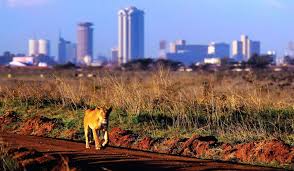An area of around 1500 football pitches has been cleared on an oil palm plantation during last year. The concession is managed by PT Medcopapua Hijau Selaras a supplier to Wilmar. Wilmar is the worlds largest palm oil trader, and includes amongst their customers huge companies such as Kelloggs nestle and unilever.
Rather than denying the deforestation occurred, Wilmar has claimed that less land was cleared than is claimed (this is a foolish claim to make as we have satellite pictures from before and after), and then claims that they are not responsible anyway and that the clearing was done by smallholder farmers.
Continue reading “The palm oil giant Wilmar is making clear its deforestation commitments mean nothing”

















